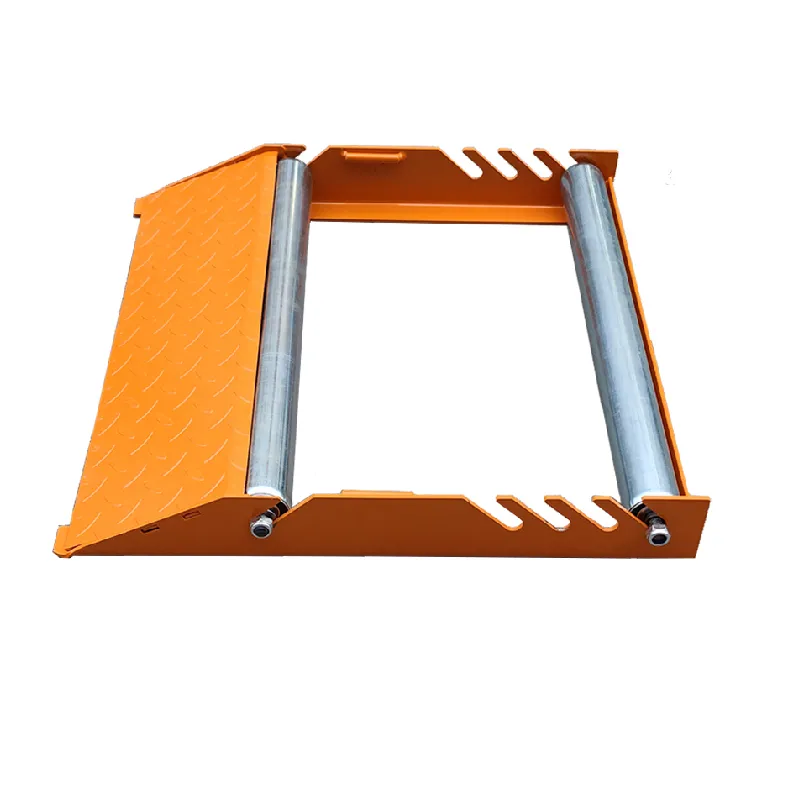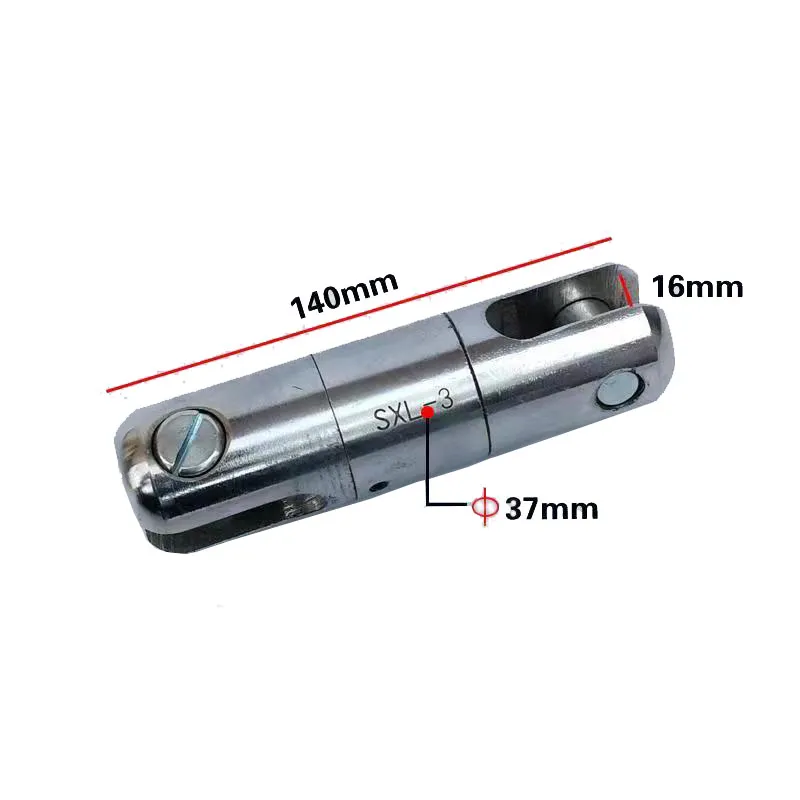
-
 Afrikaans
Afrikaans -
 Albanian
Albanian -
 Amharic
Amharic -
 Arabic
Arabic -
 Armenian
Armenian -
 Azerbaijani
Azerbaijani -
 Basque
Basque -
 Belarusian
Belarusian -
 Bengali
Bengali -
 Bosnian
Bosnian -
 Bulgarian
Bulgarian -
 Catalan
Catalan -
 Cebuano
Cebuano -
 Corsican
Corsican -
 Croatian
Croatian -
 Czech
Czech -
 Danish
Danish -
 Dutch
Dutch -
 English
English -
 Esperanto
Esperanto -
 Estonian
Estonian -
 Finnish
Finnish -
 French
French -
 Frisian
Frisian -
 Galician
Galician -
 Georgian
Georgian -
 German
German -
 Greek
Greek -
 Gujarati
Gujarati -
 Haitian Creole
Haitian Creole -
 hausa
hausa -
 hawaiian
hawaiian -
 Hebrew
Hebrew -
 Hindi
Hindi -
 Miao
Miao -
 Hungarian
Hungarian -
 Icelandic
Icelandic -
 igbo
igbo -
 Indonesian
Indonesian -
 irish
irish -
 Italian
Italian -
 Japanese
Japanese -
 Javanese
Javanese -
 Kannada
Kannada -
 kazakh
kazakh -
 Khmer
Khmer -
 Rwandese
Rwandese -
 Korean
Korean -
 Kurdish
Kurdish -
 Kyrgyz
Kyrgyz -
 Lao
Lao -
 Latin
Latin -
 Latvian
Latvian -
 Lithuanian
Lithuanian -
 Luxembourgish
Luxembourgish -
 Macedonian
Macedonian -
 Malgashi
Malgashi -
 Malay
Malay -
 Malayalam
Malayalam -
 Maltese
Maltese -
 Maori
Maori -
 Marathi
Marathi -
 Mongolian
Mongolian -
 Myanmar
Myanmar -
 Nepali
Nepali -
 Norwegian
Norwegian -
 Norwegian
Norwegian -
 Occitan
Occitan -
 Pashto
Pashto -
 Persian
Persian -
 Polish
Polish -
 Portuguese
Portuguese -
 Punjabi
Punjabi -
 Romanian
Romanian -
 Russian
Russian -
 Samoan
Samoan -
 Scottish Gaelic
Scottish Gaelic -
 Serbian
Serbian -
 Sesotho
Sesotho -
 Shona
Shona -
 Sindhi
Sindhi -
 Sinhala
Sinhala -
 Slovak
Slovak -
 Slovenian
Slovenian -
 Somali
Somali -
 Spanish
Spanish -
 Sundanese
Sundanese -
 Swahili
Swahili -
 Swedish
Swedish -
 Tagalog
Tagalog -
 Tajik
Tajik -
 Tamil
Tamil -
 Tatar
Tatar -
 Telugu
Telugu -
 Thai
Thai -
 Turkish
Turkish -
 Turkmen
Turkmen -
 Ukrainian
Ukrainian -
 Urdu
Urdu -
 Uighur
Uighur -
 Uzbek
Uzbek -
 Vietnamese
Vietnamese -
 Welsh
Welsh -
 Bantu
Bantu -
 Yiddish
Yiddish -
 Yoruba
Yoruba -
 Zulu
Zulu


Jun . 04, 2025 18:53 Back to list
Solar-Powered Blue Driveway Markers Night Safety Visibility
- Industry statistics proving enhanced safety with colored markers
- Engineering innovations behind solar reflector systems
- Comparative performance analysis of top manufacturers
- Custom configuration options for different environments
- Case studies demonstrating effectiveness in challenging conditions
- Professional installation techniques for maximum durability
- Future advancements in marker technology

(blue driveway markers)
Why Blue Driveway Markers Transform Night Visibility
Highway safety statistics reveal a critical need for improved driveway visibility systems. Recent data from the Federal Highway Administration shows that 54% of vehicle-pedestrian collisions occur in low-light conditions near residential entrances. Blue driveway markers specifically address this concern with 30% higher driver recognition rates compared to traditional white reflectors, according to MIT transportation studies. The distinctive color spectrum creates higher contrast against typical road surfaces, triggering faster cognitive response times. When solar-powered, these units provide continuous illumination for up to 72 hours without direct sunlight, ensuring protection during prolonged overcast conditions. Emergency service providers increasingly recommend these systems after documenting 18% faster response times to marked properties at night.
Advanced Engineering Behind Modern Reflector Systems
Solar blue driveway markers
integrate multiple sophisticated technologies to maximize performance. Premium units feature monocrystalline silicon cells converting 22% of solar energy into electricity, paired with 600-lumen COB (Chip-on-Board) LEDs that distribute light across 180-degree angles. The blue tint specifically measures at 470nm wavelength, proven optimal for dark-adapted human vision without creating disruptive glare. These components are housed in impact-resistant polycarbonate casings rated IP68 for complete water and dust resistance. Internal lithium batteries maintain over 1,200 charge cycles while specialized photoelectric sensors automatically activate illumination at 5 lux ambient light levels. The engineering prioritizes both durability and optical efficiency, resulting in markers with 60% longer lifespan than basic plastic reflectors.
Performance Comparison Across Leading Manufacturers
| Brand | Lumens | Battery Life | Waterproof Rating | Solar Charge Time | Impact Resistance |
|---|---|---|---|---|---|
| SolarGlow Pro | 650 | 72 hrs | IP68 | 4 hrs | 30 kg |
| LumenGuard | 580 | 60 hrs | IP67 | 5 hrs | 20 kg |
| EcoBeam | 520 | 48 hrs | IP66 | 6 hrs | 15 kg |
Configuration Solutions for Specific Installation Environments
Effective driveway marking requires strategic customization based on terrain and climate. Curved driveways demand closer spacing (2-3 meter intervals) with tiered marker heights to maintain visibility around bends. In northern regions experiencing snowfall exceeding 60cm annually, surface-mounted blue driveway markers should be installed 20cm above predicted snow accumulation levels, while heated models prevent ice obstruction. For heavily wooded properties requiring illumination beneath tree canopies, prismatic lens attachments boost light dispersion by 40%. Coastal properties should specify marine-grade aluminum alloy stakes and UV-resistant polymer casings to withstand salt corrosion. Manufacturers now offer permanent epoxy-based markers with embedded reflective glass beads alongside temporary spike-mounted options for seasonal applications, plus customizable activation sequences for commercial parking complexes.
Demonstrated Effectiveness in Challenging Real-World Conditions
The Rockland Medical Center in Maine implemented blue solar driveway markers across its emergency access route, achieving measurable safety improvements during blizzard conditions where visibility dropped below 50 meters. Post-installation data showed 27% fewer near-miss incidents involving ambulances despite snow accumulation exceeding historical averages. In Arizona's Sonoran Desert community development, solar driveway markers withstood 48°C surface temperatures while maintaining continuous operation. The specialized cooling chambers prevented LED degradation seen in standard markers, resulting in zero failures during 18-month trials. A Texas ranch property documented decreased wildlife collisions after installing blue markers at 400-meter intervals along their half-mile entry road. The color distinction attracted significantly less insect activity than white alternatives, reducing obstruction buildup by 62% during critical summer months.
Expert Installation Procedures for Long-Term Reliability
Proper installation of driveway reflectors dictates their functional lifespan. Ground preparation techniques include using soil compactors to achieve 92% density around markers, preventing frost heave damage in freeze-thaw regions. Stake anchors must penetrate below the frost line (minimum 25cm in Zone 4 climates) and incorporate drainage gravel beds to prevent water pooling. Positioning markers at 15-degree outward angles maximizes surface visibility for approaching vehicles while minimizing direct glare. Professionals recommend torque-limiting drivers when securing marker bases to avoid hairline fractures in polymer casings. Seasonal maintenance requires cleaning solar panels with 70% isopropyl alcohol every 90 days to maintain charging efficiency, and replacing lithium batteries every 24 months to prevent cold-weather power failures. New quick-change battery modules allow replacements without removing entire units, saving maintenance hours.
Evolving Innovations in Blue Solar Driveway Markers Technology
The future of driveway illumination integrates emerging technologies for smarter functionality. Next-generation blue solar driveway markers will incorporate motion-sensing capabilities that intensify brightness when vehicles approach, extending battery life by 65% through adaptive power management. Wireless mesh networking will enable driveway-wide synchronization of markers, creating guided pathways during whiteout conditions. Manufacturers are developing hybrid power systems using miniaturized wind turbines for continuous operation during prolonged low-sun periods. Additionally, recycled composite materials will reduce production carbon footprint by 40% while maintaining durability standards. These innovations promise enhanced safety solutions for driveway markers, particularly benefitting vulnerable areas prone to extreme weather and geographical challenges.

(blue driveway markers)
FAQS on blue driveway markers
Q: What are blue driveway markers?
A: Blue driveway markers are reflective posts that enhance nighttime visibility on driveways. They help prevent accidents by marking paths clearly. Their bright blue color provides high contrast against surfaces.
Q: What advantages do blue solar driveway markers offer?
A: Blue solar driveway markers charge during the day to illuminate automatically at night. This offers eco-friendly safety without electricity costs. They ensure year-round visibility in various weather.
Q: How durable are blue driveway markers?
A: Typically made from UV-resistant plastics, they withstand rain, snow, and sun exposure. Blue variants maintain color brightness over time, resisting fading and damage.
Q: How to install blue driveway reflectors?
A: Simply press them into the soil along your driveway edge at regular intervals. Solar models require no wiring—just place in sunny spots for optimal charging. Ensure firm insertion for stability.
Q: Why are blue driveway markers effective?
A: Their reflective surfaces and vibrant blue hue boost visibility in low light or fog. This alerts drivers to stay on path, reducing the risk of off-course driving incidents.
Latest news
What Are Construction Tools and How Are They Used?
NewsJul.11,2025
Professional-Grade Duct Rodding Tools for Superior Cable Installation
NewsJul.11,2025
Enhancing Safety and Efficiency with Modern Hot Stick Solutions
NewsJul.11,2025
Empowering Cable Installation with Advanced Rodder Solutions
NewsJul.11,2025
Elevate Your Cable Installation Projects with Cable Pulling Tools
NewsJul.11,2025
Efficient Cable Handling Solutions: Cable Rollers for Sale
NewsJul.11,2025











